The T9110 Processor Module is the core processing unit of an AADvance® Controller and is responsible for performing critical safety and process control tasks. Below is a comprehensive overview of the module’s functionality, specifications, and key features.
Core Functions:
- Execution of the AADvance Safety Kernel to solve application logic.
- Interface with I/O modules for reading input data and writing output data.
- Communication with other processor modules locally and across control networks.
- Initiation of periodic diagnostics for the controller.
- Communication with external systems, such as Human-Machine Interfaces (HMIs).
- Message encapsulation and verification for secure communication to other nodes in the system.
Key Features:
- Fault Tolerance & Redundancy:
- Galvanic Isolation: The processor module is isolated from external power supplies and data links to prevent field faults from affecting the module’s operation.
- Redundant Power Supplies: The module operates continuously even if one of its dual redundant 24Vdc power supplies fails.
- Under/Over-voltage Protection: The internal power supplies are equipped with protection circuits that signal “power valid” for diagnostic monitoring.
- Automatic Fault Detection & Failover:
- If the module detects a fault in a redundant configuration (1oo2D or 2oo3D), the system can automatically replace the faulty processor without disrupting the operation of the controller.
- New processors automatically self-educate and synchronize with the existing system without requiring a system shutdown.
- Diagnostics and Watchdog Circuit:
- The module runs regular internal diagnostic tests and employs a watchdog circuit to monitor processor performance.
- In case of a serious fault, the processor will shut down safely.
- In a redundant processor setup, a failed processor can be replaced online, ensuring no disruption of the other processors.
Processor Module Specifications:
| Attribute | Value |
|---|---|
| Functional Characteristics | |
| Degradation Modes | 1oo1D, 1oo2D, 2oo3D |
| Processor Clock | 400 MHz |
| Memory | |
| – Boot Flash | 512 kB |
| – SRAM | 512 kB |
| – Bulk Flash | 64 MB |
| – SDRAM | 32 MB |
| Event Resolution (for internal variables) | 1 ms |
| Time-stamp Accuracy | Application Scan |
| Self-Test Interval | < 5.5 hours |
| Performance Characteristics | |
| Safety Integrity Level (SIL) | 1 Processor: SIL 1 (Non-safety applications) 2 Processors: SIL 3 (Safety applications) 3 Processors: SIL 3 (Fault-tolerant and TMR safety applications) |
| I/O Modules Supported | 48 |
| Electrical Characteristics | |
| Module Supply Voltage | Redundant +24 Vdc (Nominal) 18-32 Vdc (Range) |
| Power Dissipation | 8 W (27.3 BTU/h) |
| Typical Surface Temperature | 43 °C ± 5 °C |
| Mechanical Specifications | |
| Dimensions (Height × Width × Depth) | 166 mm × 42 mm × 118 mm (6-½ in. × 1-5/8 in. × 4-5/8 in.) |
| Weight | 430 g (15 oz.) |
| Casing | Plastic, non-flammable |
Operational Characteristics:
- The T9110 Processor Module can handle safety-critical tasks, ensuring that the AADvance controller is fault-tolerant and capable of handling multiple levels of redundancy and diagnostics.
- The module’s redundancy and self-healing features ensure that the system remains operational even in the event of hardware faults.
- Its SIL 3 capabilities make it suitable for safety-critical applications, while its modular design ensures flexibility and scalability.
 MeloAuto-Trusted PLC & DCS Parts Supplier
MeloAuto-Trusted PLC & DCS Parts Supplier 




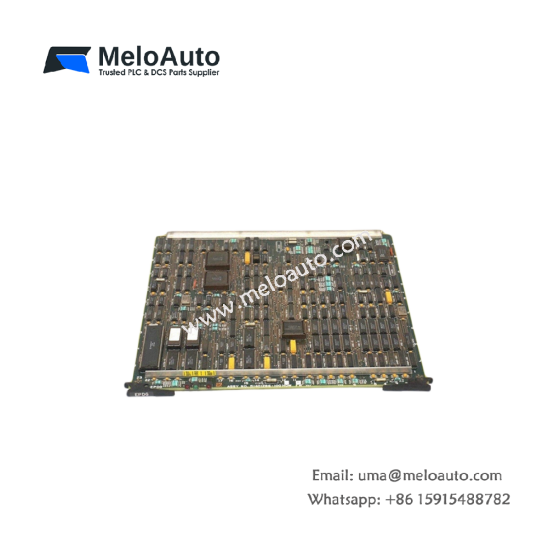

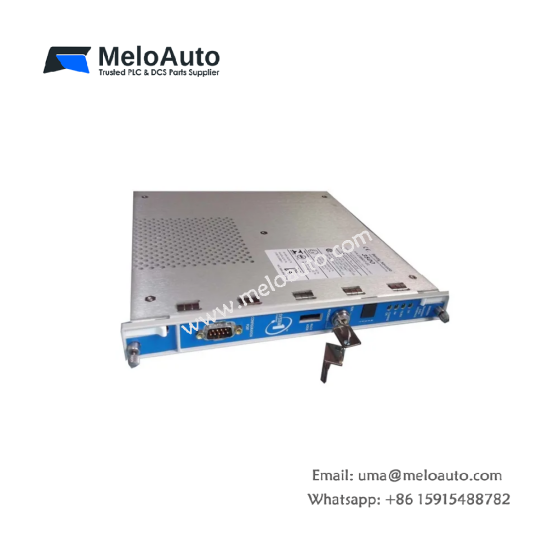
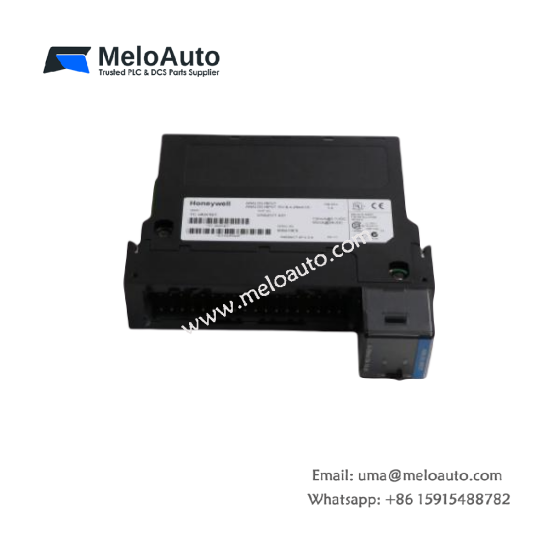




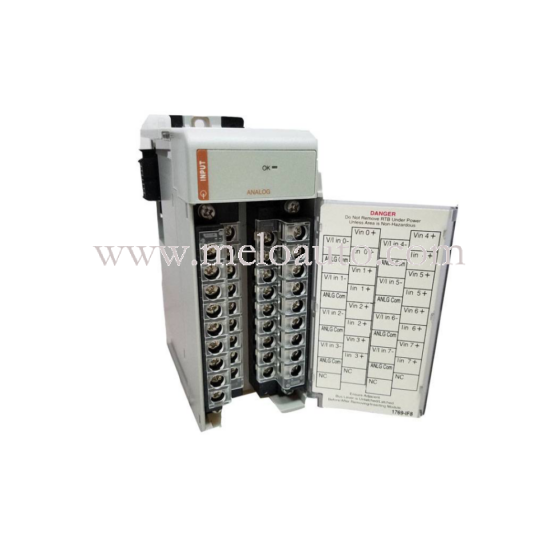


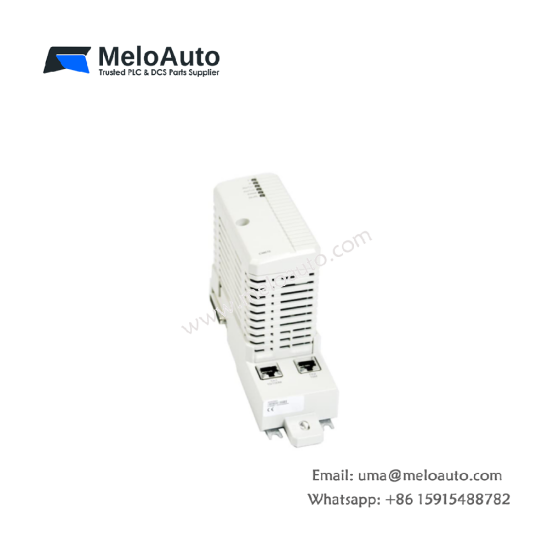

WeChat
Scan the QR Code with wechat